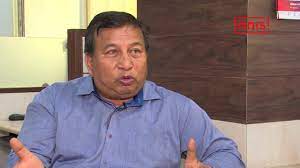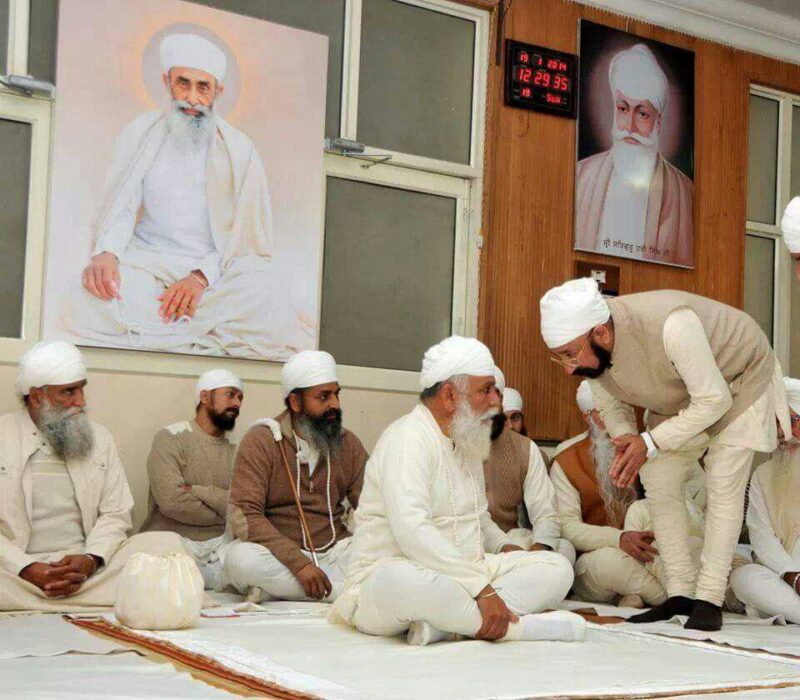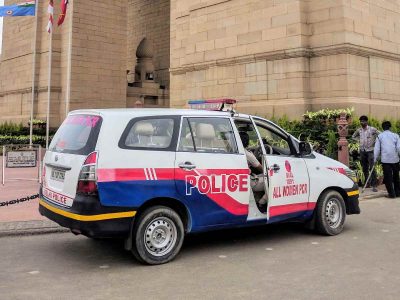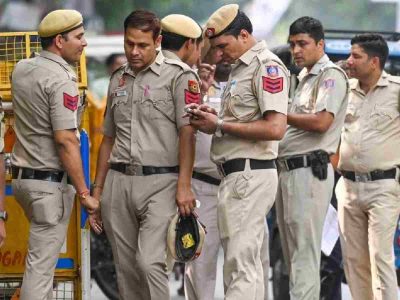Anadi Barua visits Buddha Vihar at Sant Nagar in south Delhi more often than not even though he lives in Noida. He identifies with this venerable place as it was built by those who trace their roots to Chittagong in Bangladesh.
Thousands of Buddhists from the then East Pakistan moved to India in wake of partition in 1947.
“Many of them came to Delhi and started doing odd jobs to survive in this alien city. They were mostly Buddhists,” says Barua, who played for Indian football team in the 1986 Seoul Asian Games.
Also read: Tale of two Delhi poets and the Pak national anthem
“We are Buddhists from Chittagong and we have surnames like Barua, Talukdar and Choudhary. My father used to tell me that Sant Nagar was a deserted place when the refugees of Chittagong acquired land for Buddha Vihar in 1950s. Those were the early days for Lajpat Nagar and there was no East of Kailash or Greater Kailash. Nehru Place came up much later in early 1970s.”
Interestingly, some Baruas from Chittagong were in Delhi since 1930s and working in various ministries. For instance, Anadi Barua’s father was working in the then Viceroy house (now President’s House) since 1940s.
While the dwindling population of the generation that came from Chittagong still converse in their native language ‘Chatganyiya’, the younger generation hardly speaks it. They speak Hindi mixed with Punjabi and English.

Says PR professional, Jayantha Barua, “I have only heard about my ancestral place Chittagong from parents, but it appears in my dreams from time to time. I will visit there once in my lifetime. When I think of Chittagong, I also think of great revolutionary Master Surya Sen. I wish more of the younger generation knew about his sacrifices for the cause of freedom struggle.”
The Namdharis
For south Delhi based businessman Santokh Singh Chawla, the month of August brings back memories of Partition and later the hard life in Delhi his family had to endure.
He heard stories of hardships and resilience from his parents and others. The Chawla family was among hundreds of Namdhari families that came to Delhi in 1947 from mainly Gujranwala in Pakistan.
Also read: When Connaught Place showrooms were set on fire
Some are also from Lahore and Rawalpindi.
Perhaps, Delhi had no Namdhari before 1947.
“Delhi has given everything to us like it has to other refugees. We have made a name for ourselves in business and sports. My father, Sardar Sewa Singh Namdhari had done yeoman service in encouraging hockey and badminton in Delhi once he made money from his tent business.”
Well, you can easily identify Namdharis, as more often than not they wear white kurta and churidar pyjama. They also wear white turban with a different style. It is called Seedhi Pagdi.
They own many shops in Karol Bagh, Subhash Nagar, Vishnu Garden, Ramesh Nagar, Lajpat Rai Market and other parts of the Capital.
Sewa Singh Namdhari was the grand patriarch of Namdhari community of Delhi and built schools and gurudwaras in Delhi. He was a monarch of tent business of Delhi. He encouraged youngsters of Namdhari community to try their luck in business rather than seeking employment.

“Well, business is in the blood of Namdharis. They always aspire to spread their business thick and fast,” says Professor Harmit Singh, former principal of Khalsa College.
But who are Namdharis? Like Sikhs, Namdharis revere Guru Granth Sahib and all Sikh gurus starting from Guru Nanak Dev to Guru Gobind Singh but believe the line of gurus did not end with the latter.
Namdharis are different from the other Sikhs as they follow a living guru, are vegetarian, and have a distinct white dress code and turbans. They also practice austerity in everyday living. The sect has lakhs of followers in India and abroad.
If there is an important hockey match in either National or Shivaji Stadium, they would be there in big numbers cheering their team. If their team does not perform well, they start jeering them vociferously.
There is no doubt that both Namdharis and Buddhists from Chittagong have helped make Delhi more diverse.





